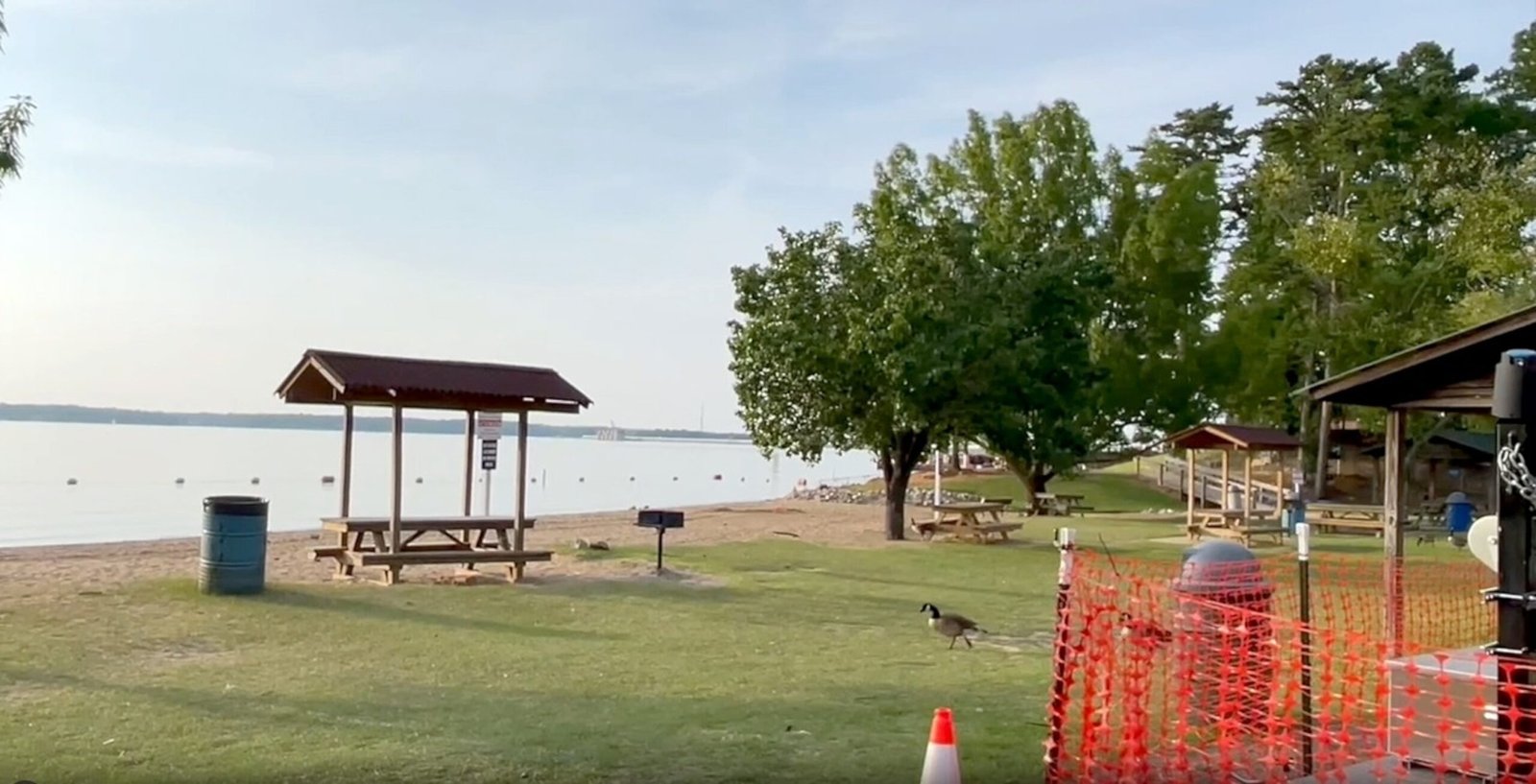When you’re in school, college, or even at a new job, the first thing you usually do is introduce yourself. This is especially important for students when they meet new classmates or teachers. A self introduction in English for students can seem like a difficult task, but with the right approach, you can make a lasting first impression.
In this article, we’ll break down how to craft an impressive self introduction in English for students. We’ll also give you some examples you can use in class, meetings, or other situations. Whether you’re introducing yourself for a class presentation or just meeting new people, these tips will help you sound confident and make a positive impact.
Why is a Self Introduction in English for Students Important?
A self introduction in English for students is essential because it helps you connect with others and make a good first impression. When you introduce yourself, you give people a snapshot of who you are. It’s your chance to share important details about yourself, like your name, interests, and background, in a way that others will remember.
As a student in India or anywhere else, your ability to introduce yourself in English can also play a role in your success. English is often the language of communication in many schools and colleges, and being able to introduce yourself confidently in English can help you build stronger relationships with teachers and classmates.
Key Tips for an Effective Self Introduction in English for Students
When crafting your self introduction in English for students, there are several tips to keep in mind. Here are some easy-to-follow steps to help you get it right.

1. Start with Your Name and Basic Information
The first part of your self introduction should be basic: say your name and give a bit of background information. For example, if you’re meeting someone for the first time, you can start by saying:
“Hello! My name is [Your Name]. I am from [City/State] in India. I am currently studying [Course Name] at [School/College Name].”
This is the easiest way to start, and it immediately gives others some basic details about you.
2. Talk About Your Hobbies and Interests
One of the best ways to make your self introduction more personal is by talking about your hobbies and interests. This can help you connect with others who share similar interests. For example:
“I enjoy playing cricket and reading books, especially mystery novels. In my free time, I also like to listen to music and hang out with my friends.”
Talking about your hobbies shows that you’re friendly and approachable, which can make your introduction more memorable.
3. Mention Your Academic Goals
Another important part of a self introduction in English for students is mentioning your academic goals. Teachers and classmates will want to know what you’re studying and what you hope to achieve. Here’s how you can do it:
“I am currently studying [Subject Name] because I want to pursue a career in [Field of Interest]. I am passionate about [related subject or career goal] and look forward to learning more in this area.”
This shows that you’re focused on your studies and have a clear idea of your future goals.
4. Keep It Short and Sweet
A self introduction in classroom settings should be clear and to the point. Avoid talking too much or over-explaining. A simple introduction will make a better impact than a long one that loses focus. Aim for a balance: enough information to make yourself interesting, but not so much that you lose the audience’s attention.
For example: “Hi, I’m [Your Name]. I’m a student at [College Name] and I’m majoring in [Subject]. In my free time, I enjoy [Hobby] and I’m really excited about learning more about [specific topic or area of interest].”
This gives just enough detail without going overboard.
Self Introduction in English for Students Class: Key Phrases You Can Use
Knowing the right phrases to use can help you feel more confident when making your self introduction in class. Here are some common phrases to help you:
- “My name is [Your Name] and I’m from [City/State].”
- “I am currently studying [Subject Name] at [College/School].”
- “I am really interested in [Hobby/Activity].”
- “I want to learn more about [Subject/Career].”
- “I’m looking forward to meeting new people and making friends.”
These phrases are simple and easy to remember, and they will help you make a strong first impression.
5. Smile and Be Confident
Confidence is key when making a self introduction in English for students. Even if you feel nervous, try to smile and speak clearly. A smile can make you seem more approachable, and speaking clearly will help others understand you easily.
If you’re unsure about what to say, take a deep breath and relax. It’s okay to be nervous—everyone feels the same way when they introduce themselves for the first time. The more you practice, the easier it will become.
Self Introduction in Classroom: Common Mistakes to Avoid
When you give your self introduction in class, you want to make sure that it’s clear, accurate, and appropriate. Here are some common mistakes that students often make:
1. Overloading Information
It can be tempting to share too much when introducing yourself, but this can make your introduction confusing or boring. Stick to the important details: your name, course, hobbies, and academic goals.
2. Speaking Too Fast or Too Quietly
Speaking too quickly or too softly can make it hard for others to understand you. Try to speak at a comfortable pace and use a loud enough voice for everyone to hear.
3. Not Making Eye Contact
Eye contact is an important part of communication. If you avoid eye contact, it may make you seem nervous or disinterested. Try to make brief eye contact with the person you’re speaking to, but don’t stare.
4. Forgetting to Mention Key Information
In a self introduction in classroom settings, always make sure to mention your name, the course you are studying, and any relevant interests or goals. If you forget these details, your introduction may feel incomplete.
Examples of Self Introduction in English for Students
Here are a few sample self introductions that can help you get started. Feel free to customize these examples with your own information.
Example 1: Introduction for a New Class
“Hello, my name is Rohit Kumar, and I’m from Delhi. I am in the [Class/Year] studying [Subject]. I love playing football and listening to music in my free time. I’m really excited to be part of this class and look forward to learning with all of you.”
Example 2: Introduction for a Presentation
“Good morning, my name is Priya Singh. I’m from Bangalore, and I am currently studying [Subject] at [College Name]. Today, I’ll be presenting on [Topic]. In my free time, I enjoy reading books and volunteering at local charities. I hope you find my presentation helpful.”
Example 3: Brief Self Introduction
“Hi, I’m Arjun. I’m studying [Subject] at [College Name], and I’m from Mumbai. I’m passionate about computer science and enjoy working on projects related to AI. I look forward to connecting with all of you.”
How to Make Your Self Introduction Stand Out
If you want your self introduction in English for students to stand out, try to include something unique or interesting about yourself. It could be a fun fact, a recent achievement, or something you’re passionate about.
For example: “I’m really into photography, and I’ve recently started a photography blog where I share tips and pictures I take on my travels.”
This extra detail makes you more memorable and gives others something to talk about.
Final Thoughts
Giving a self introduction in English for students doesn’t have to be difficult. By following these simple tips and practicing regularly, you’ll be able to introduce yourself with confidence in any setting. Whether it’s in the classroom, at a school event, or a new social group, a good introduction can help you make new friends and build connections.






